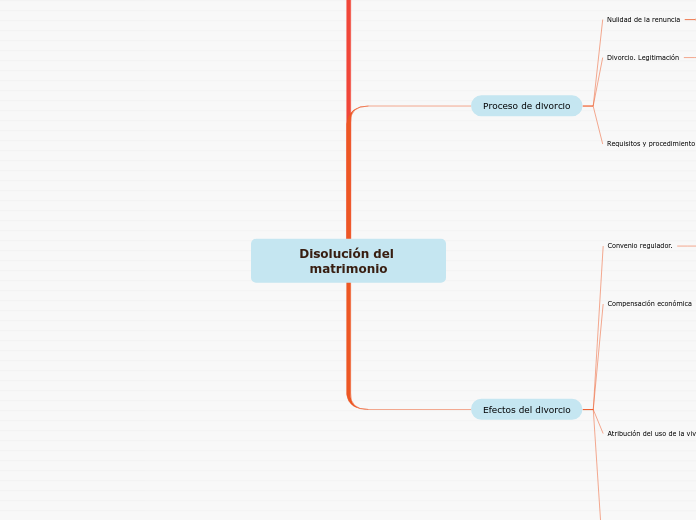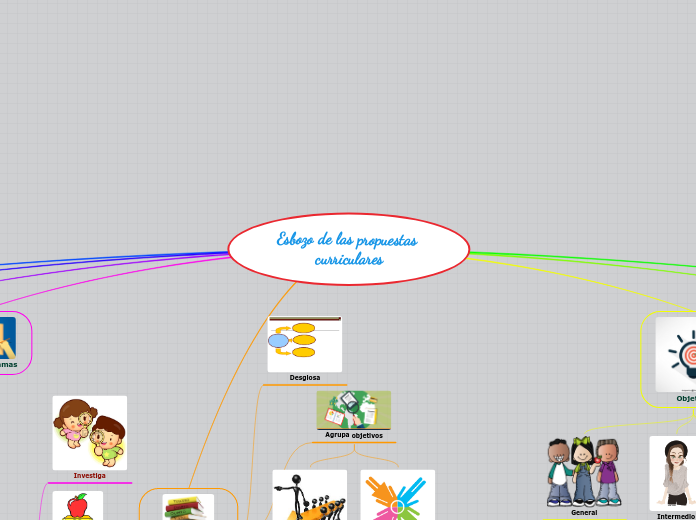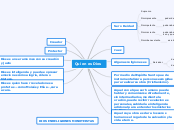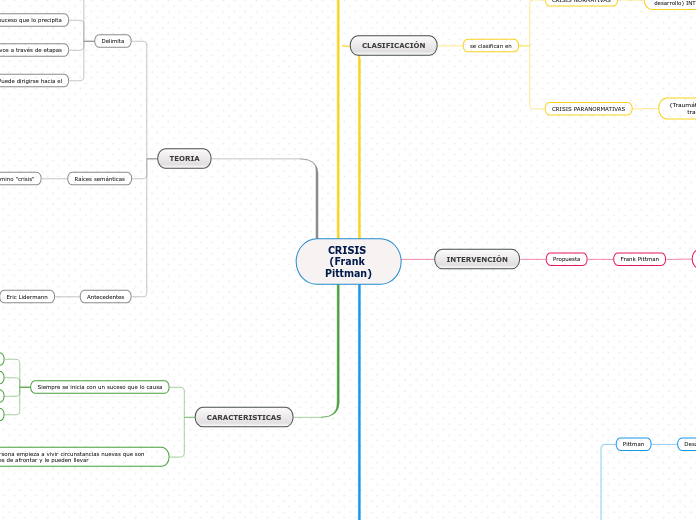Disolución del matrimonio
To name your story, you have to think about the overall message and what you want your audience to understand from the story. Also, make it relevant and easy to remember.
Efectos del divorcio
The ending of a story is essential. We all know that if the ending is weak, what happened before loses its importance. So make it unpredictable, but fair. A resolved ending answers all the questions and ties up any loose threads from the plot.
Cese
This is the closure section of the story.
See examples of possible outcomes below:
- all problems have been solved
- it's clear how each one of your characters ends up
- your main character is transformed by the challenge
c) por las mismas causas de indignidad previstas en materia sucesoria.
b) por cambio de las circunstancias que se tuvieron en cuenta para su fijación;
a) por cumplimiento del plazo fijado por el juez;
Atribución del uso de la vivienda
El juez determina la procedencia, el
plazo de duración y efectos del derecho sobre la base de las siguientes pautas
d) los intereses de otras personas que integran el grupo familiar.
c) el estado de salud y edad de los cónyuges;
vivienda por sus propios medios;
b) la persona que está en situación económica más desventajosa para proveerse de una
a) la persona a quien se atribuye el cuidado de los hijos;
Uno de los cónyuges puede pedir la atribución de la vivienda familiar, sea el inmueble
propio de cualquiera de los cónyuges o ganancial.
Efectos de la atribución del uso de la vivienda familiar.
el juez puede establecer: una renta compensatoria por el uso del inmueble a favor del cónyuge a quien no se atribuye la vivienda; que el inmueble no sea enajenado sin el acuerdo expreso de ambos; que el inmueble ganancial o propio en condominio de los cónyuges no sea partido ni liquidado. La decisión produce efectos frente a terceros a partir de su inscripción registral.
Compensación económica
El cónyuge a quien el divorcio produce un desequilibrio manifiesto que signifique un empeoramiento de su situación y que tiene por causa adecuada el vínculo matrimonial y su
ruptura, tiene derecho a una compensación.
Fijación judicial de la compensación económica.
La acción para reclamar la compensación económica caduca a los seis meses de haberse dictado la sentencia de divorcio.
A falta de acuerdo de los cónyuges en el convenio regulador, el juez debe determinar la
procedencia y el monto de la compensación económica sobre la base de diversas circunstancias
Convenio regulador.
This is the moment when the main character surpasses the last obstacle and finally faces their greatest challenge.
The climax usually follows one of these patterns:
- realization
- resolution
- choice
Type in your answer.
Contiene las cuestiones relativas a la atribución de la vivienda, la distribución de los bienes, y las eventuales compensaciones económicas entre los cónyuges; al ejercicio de la responsabilidad parental.
Eficacia y modificación del convenio regulador.
Proceso de divorcio
The middle of the story is where you add layers of complications that will lead to the end. Reveal more about the character's journey. Did their personality go through changes? How did they overcome the challenges? And as you build up the story’s central conflict, make it more personal to that character. Also, from the middle act, you have to lead into the final act.
Requisitos y procedimiento del divorcio
There wouldn't be any tension and excitement in your story if there weren't any obstacles in your character's way.
Toda petición de divorcio debe:
A story is nothing more than a character overcoming a series of difficulties to reach the desired goal. Obstacles usually create suspense and conflict. In overcoming obstacles, there is growth: weak becomes strong; hatred turns into love; sadness into happiness; wrong into right; lies into truth; or evil becomes good.
See a few examples below:
- stopping a meteor
- finding a killer
- finding love
En ningún caso el desacuerdo en el convenio suspende el dictado de la sentencia de
divorcio.
Si existe desacuerdo
las cuestiones
pendientes deben ser resueltas por el juez de conformidad con el procedimiento previsto
en la ley local.
Al momento de formular las propuestas, las partes deben acompañar los elementos en que se fundan; el juez puede ordenar, de oficio o a petición de las partes, que se incorporen otros que se estiman pertinentes.
Las propuestas deben ser evaluadas por el juez,
debiendo convocar a los cónyuges a una audiencia.
Si el divorcio es peticionado por uno solo de los cónyuges, el otro puede ofrecer una propuesta reguladora distinta.
Ser acompañada de una propuesta que regule los efectos derivados de éste; la omisión de la propuesta impide dar trámite a la petición.
Divorcio. Legitimación
Your character(s) need(s) motivation in order to solve the challenge(s).
El divorcio se decreta judicialmente a petición de ambos o de uno solo de los cónyuges.
Why does your character need to confront this challenge? What does he/she expect to accomplish by solving it?
See a few examples:
- will marry in 3 days
- can fix the mistakes of the past
Nulidad de la renuncia
Each story has a main character and that character usually needs to solve a problem or challenge. The character's challenge is the one that creates tension throughout the story.
El pacto o cláusula que restrinja la facultad de solicitarlo se tiene por no escrito.
Type in any other challenges which other characters in the story need to face.
Es nula la renuncia de cualquiera de los cónyuges a la facultad de pedir el divorcio
In most stories, there are 3 challenges. The number 3 is a mystical number symbolizing completeness. Try to come up with interesting challenges with which your character needs to struggle.
See a few examples below:
- turns into a werewolf at night
- is sent back in time
Causales
In the beginning of the story (or the exposition), you will need to introduce the setting and characters. You might also want to introduce the main conflict. This part of the story is important because it gives the reader necessary background information and maybe even a first insight into a character’s personality.
Divorcio declarado judicialmente
Sentencia firme de ausencia con presunción de fallecimiento
The setting (time & place) of a story can change throughout the plot.
Muerte de alguno de los cónyuges
Characters are essential to a good story. Usually, the protagonist(s) is/are the most affected by the plot. Introduce a character by focusing on their actions, interests, and occupation, as the physical appearance doesn't make a difference in most cases.










